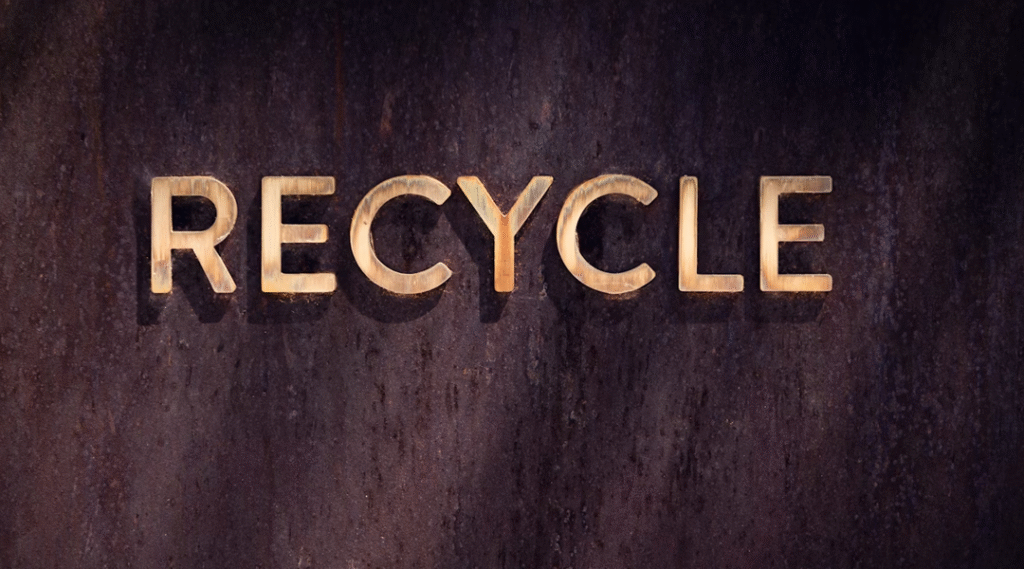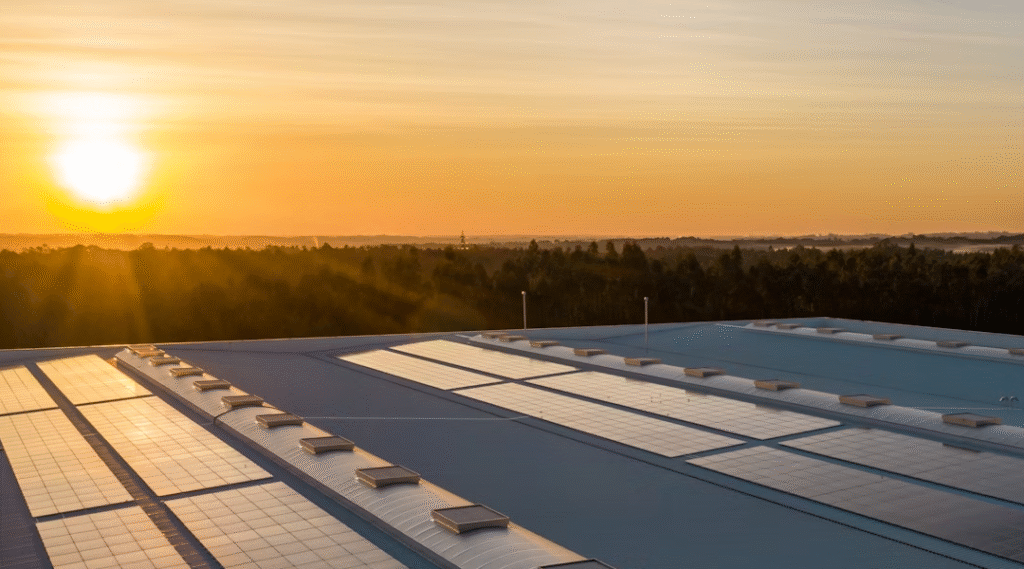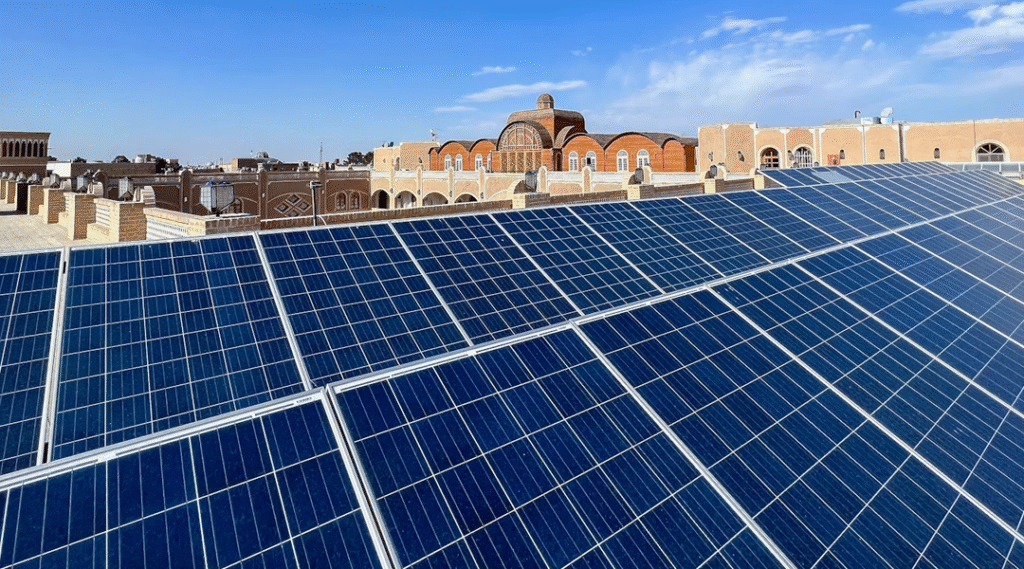The global push toward decarbonization and circular economies has thrust bioenergy and waste‑to‑energy into the spotlight as versatile, dispatchable renewables. From first‑generation biofuels made from food crops to advanced waste‑to‑energy plants that convert municipal garbage into electricity, this sector bridges the gap between waste management and clean‑energy generation. In this article, we explore the evolution of bioenergy, the technologies at play, their benefits, and the sustainability challenges that must be overcome.
1. Generations of Biofuels: From Corn to Cellulose
Biofuels can be grouped into three “generations” based on their feedstocks and processing complexity.
- First‑generation biofuels, such as ethanol from corn or sugarcane and biodiesel from vegetable oils, are the most mature. They leverage existing agricultural value chains but compete directly with food crops and can drive up commodity prices.
- Second‑generation fuels tap non‑edible lignocellulosic biomass—crop residues, woody wastes, and purpose‑grown energy grasses. Through advanced pretreatment and enzymatic hydrolysis, cellulose and hemicellulose are broken into sugars, then fermented into ethanol or upgraded into drop‑in diesel alternatives. Though more resource‑efficient, high capital costs and complex logistics slow their deployment.
- Third‑generation biofuels focus on algal systems and synthetic biology. Algae can yield lipid‑rich biomass in ponds or photobioreactors, producing biodiesel or renewable jet fuel without displacing cropland. Genetic engineering further promises microbes that directly secrete fuels, but commercial scale‑up remains nascent.
2. Anaerobic Digestion: Biogas from Organic Waste
Anaerobic digestion (AD) harnesses microorganisms to decompose wet organics—food scraps, animal manure, and wastewater sludge—in oxygen‑free reactors. The result is biogas, a methane–CO₂ mix that can be:
- Upgraded to biomethane and injected into natural‑gas grids or used as vehicle fuel.
- Burned onsite in combined‑heat‑and‑power (CHP) engines to generate electricity and process heat.
Aside from renewable energy, AD produces nutrient‑rich digestate, which can substitute synthetic fertilizers. AD plants vary in scale from small farm digesters to large municipal facilities processing tens of thousands of tons per year.
3. Landfill Gas Recovery: Capturing Methane Emissions
Municipal solid‑waste landfills are a major source of fugitive methane, a greenhouse gas with roughly 28 times the 100‑year warming potential of CO₂. Landfill‑gas‑to‑energy projects drill wells into waste cells to collect biogas, which is then:
- Fired in reciprocating engines or turbines for electricity.
- Upgraded to pipeline‑quality gas or compressed natural gas (CNG) for vehicle use.
Such systems both mitigate potent methane emissions and deliver baseload power, but their yield declines as older landfill cells exhaust biodegradable organics.
4. Waste Incineration & Advanced Thermal Conversion
Thermal waste‑to‑energy (WtE) facilities combust mixed municipal solid waste under controlled conditions, generating steam that drives turbines. Modern plants employ flue‑gas cleaning, recovering metals and bottom ash for recycling. Beyond incineration:
- Gasification converts waste into syngas (a CO–H₂ mixture) in low‑oxygen environments, which can be cleaned and combusted or catalytically upgraded.
- Pyrolysis thermally decomposes organics without oxygen, producing bio‑oil, char, and gases suitable for further processing.
While WtE reduces landfill demand and recovers energy, public perception and high upfront costs can be barriers.
5. Sustainability Considerations & Lifecycle Impacts
Despite clear waste‑management benefits, bioenergy and WtE raise several sustainability questions:
- Land‑Use Trade‑Offs. First‑generation biofuels can drive expansion of cropland, potentially encroaching on forests and natural habitats. Second‑ and third‑generation systems aim to minimize this by using residues or algae, but scale‑up infrastructure still requires land and water.
- Lifecycle Greenhouse‑Gas (GHG) Emissions. Full‑system analyses must account for feedstock cultivation, fertilizer use, transport, and conversion efficiency. While biogas and advanced biofuels often yield 50–80% GHG reductions relative to fossil fuels, poorly managed operations can erode those savings.
- Air Quality & By‑Products. Combustion‑based WtE plants emit particulates, NOₓ, and trace dioxins unless equipped with stringent controls. Ash and digestate disposal also require careful management to avoid soil or water contamination.
6. Outlook & Pathways to Scale
To maximize environmental and economic benefits, stakeholders should:
- Prioritize high‑value waste streams (e.g., food waste, agricultural residues) through robust collection and sorting systems.
- Invest in flexible biorefineries capable of switching between biofuels, biochemicals, and biomaterials based on market demand.
- Adopt policy incentives—such as low‑carbon fuel standards, feed‑in tariffs for biomethane, and landfill‑gas credits—to bridge early‑stage financing gaps.
- Foster community engagement to address public concerns around incineration and land‑use.
By combining innovation in feedstocks, conversion technologies, and end‑use pathways, bioenergy and waste‑to‑energy can play a pivotal role in sustainable energy portfolios—transforming liabilities into low‑carbon assets and advancing the circular bioeconomy.
All articles for this special edition-Clean Energy:
(#1) The State of the Global Clean Energy Transition
(#2) Solar Power: Illuminating the Path from Rooftops to Utility-Scale Farms
(#3) Wind Energy: Onshore, Offshore & Beyond
(#4) Harnessing the Depths and Tides: A Deep Dive into Hydro, Marine & Geothermal Energy
(#5) Bioenergy & Waste‑to‑Energy: Turning Organic Residues into Renewable Power
(#6) Energy Storage & Grid Integration: Powering the Future of Clean Energy
(#7) Economics, Financing & Business Models in the Clean‑Energy Transition
(#8) Designing the Rules: Policy, Regulation, and Market Design in the Clean‑Energy Era
(#9) Environmental & Social Impacts of the Clean‑Energy Transition
(#10) Next‑Generation Clean‑Energy Innovations & the Road Ahead
As for in-depth insight articles about AI tech, please visit our AI Tech Category here.
As for in-depth insight articles about Auto Tech, please visit our Auto Tech Category here.
As for in-depth insight articles about Smart IoT, please visit our Smart IoT Category here.
As for in-depth insight articles about Energy, please visit our Energy Category here.
If you want to save time for high-quality reading, please visit our Editors’ Pick here.



